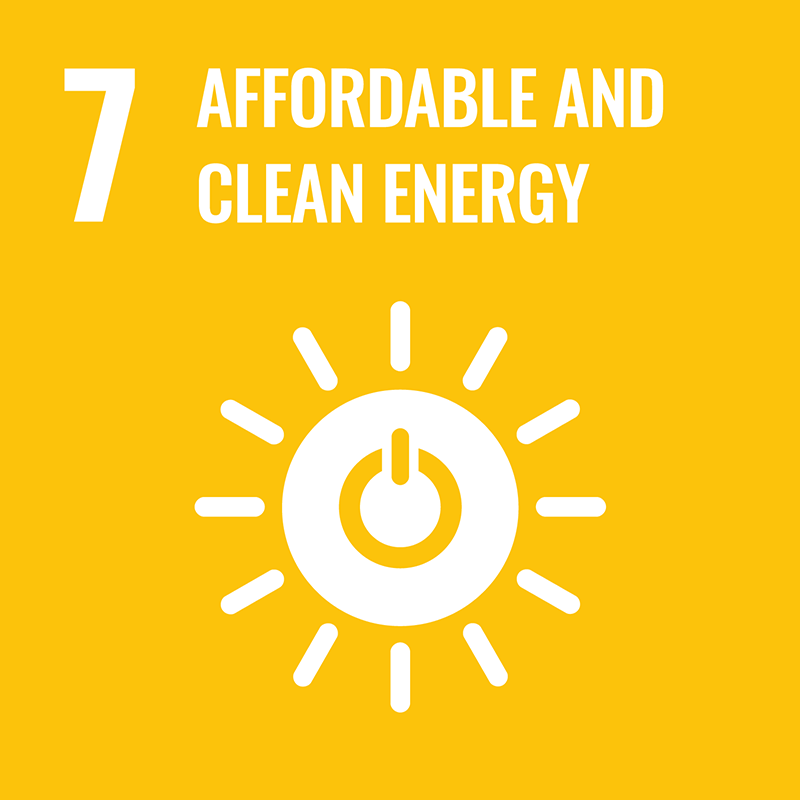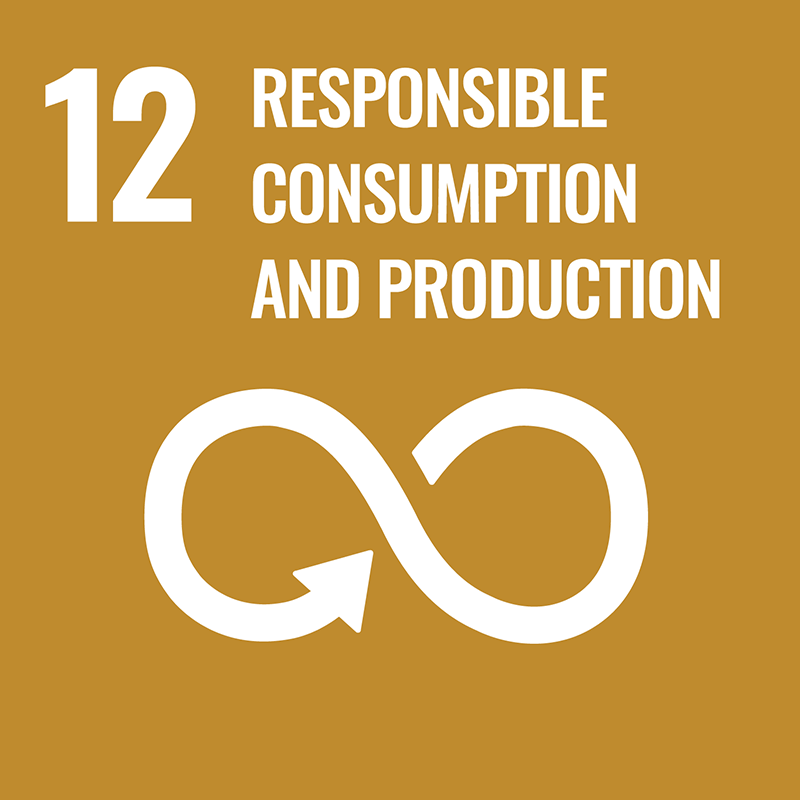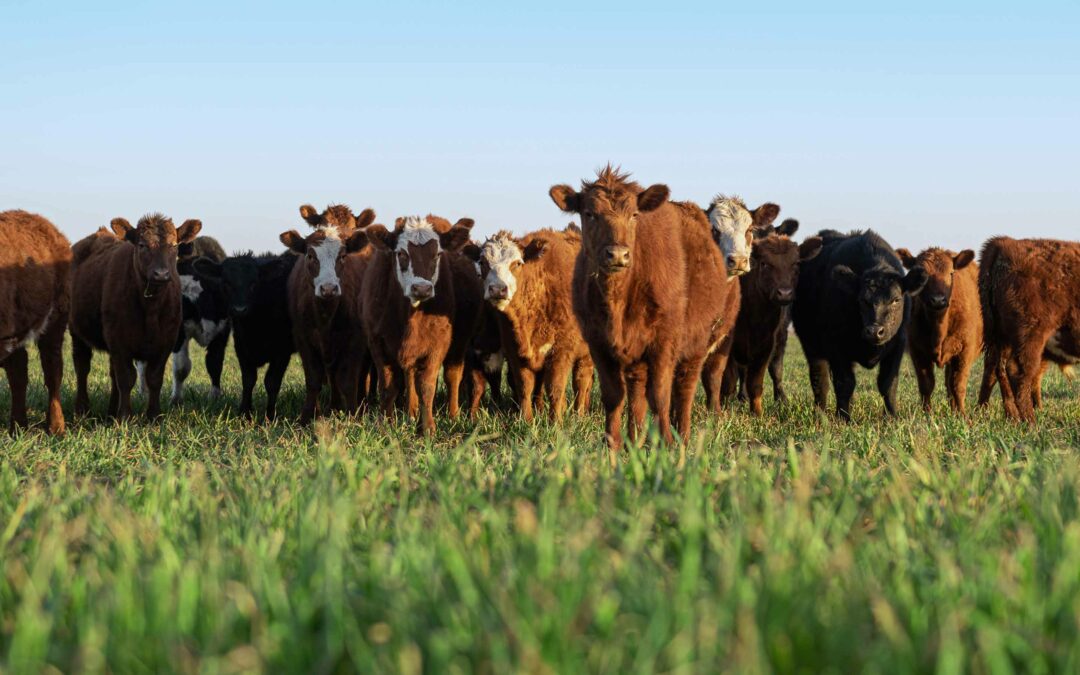The Issue of Contamination and Pollution in Agriculture
Agriculture generates a lot of organic waste. When left untreated and unmanaged, chemicals from the breakdown of organic waste can leach into the air, land, and waterways with dramatic consequences.
Nitrates and phosphates from organic waste can cause algae to grow and suffocate aquatic life, impacting fisheries.
Eutrophication and acidification of water sources can render water sources undrinkable, and recreational water activities unsafe.
Organic waste decomposition releases methane into the atmosphere — a gas with a global warming potential of 28 (1kg of CH4 is equivalent to 28kg of CO2).
Anaerobic Digestion as a Solution
Anaerobic digestion uses natural processes to break down organic waste into solid matter and gas. These products can be used on site, or sold to generate additional revenue or offset production costs for agricultural producers.
The equipment is complex, with high capital and operating expenditure, and requires third party operation and management.
How Anaerobic Digestion Works
Project Wijster
Asset: waste-to-value plant
Location: Netherlands
Production: 6.1MW of energy for use on site + 235MWh of bio-methane to grid
The Resonance Industrial Water Infrastructure (RIWI) Fund invested in a waste-to-value plant designed to produce methane-rich biogas from poultry manure.
The plant generates 3.0MW of renewable and 3.1MW of thermal energy which is used onsite. 235MWh of bio-methane is generated and exported to the grid. The plant also produces organic ammonium sulphate fertiliser.
Overall, the process produces <-70 gCO2/MJ carbon-negative biomethane.








